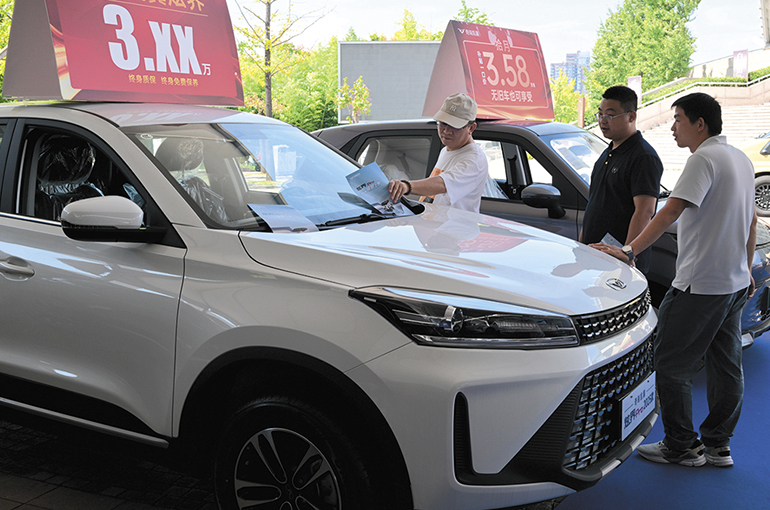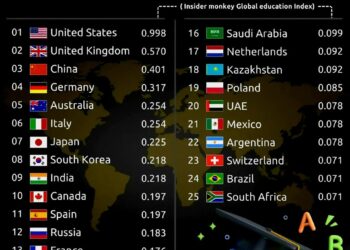Select Language:
In September, China’s passenger car production, sales, and exports hit new highs for the fifth consecutive month, fueled by a surge in consumer demand driven by the end of auto purchase tax exemptions, the launch of new models, and government subsidies at both the national and local levels.
Car production increased by over 17 percent year-over-year, reaching approximately 2.84 million units, surpassing the previous September record of 2.44 million units set earlier this year, according to data released by the China Passenger Car Association. Retail sales grew 6.3 percent to about 2.24 million units, while wholesale sales jumped over 12 percent to roughly 2.8 million units. However, both growth rates slowed compared to August.
Chinese-brand cars saw a significant retail surge, climbing 13 percent to 1.5 million units and capturing 67 percent of the market. Meanwhile, German and Japanese brands experienced market share declines—German brands dropped to 14.3 percent from 16.6 percent, and Japanese brands fell to 11.6 percent from 12.7 percent—while American brands saw a slight increase, expanding to 5.8 percent from 5.7 percent.
In terms of vehicle types, retail sales of luxury cars declined marginally by 1 percent, totaling around 240,000 units and accounting for 10.8 percent of the market, down from 11.6 percent previously. German luxury automakers, in particular, face mounting pressure as Chinese competitors rapidly develop within this high-end segment.
BMW’s sales in China dipped 0.4 percent in the third quarter to approximately 147,000 units from the previous year. Sales for Mercedes-Benz and Porsche plummeted 27 percent and 21 percent, respectively, to 125,000 units and 11,000 units.
Chinese luxury electric vehicles are increasingly valued not just for transportation but also for leisure, offering luxurious driving experiences, expanded scenarios, and enhanced features. This broad recognition of their value indicates that domestic brands are gradually overtaking German brands in the high-end electric vehicle market, according to Cui Dongshu, secretary-general of the association.
Last month saw the launch of over 70 new vehicle models—a record high—highlighting the rapid growth of new energy vehicles (NEVs), which have become durable, smart consumer products. The pace of new model launches has accelerated, with domestic brands reducing their typical development cycle from about 48 months to less than 20 months.
Exports of passenger vehicles increased nearly 21 percent to approximately 533,000 units in September, with NEV exports nearly doubling to 211,000 units. Notable performers in exports included BYD, Chery Automobile, and Tesla’s China operations.
With the upcoming reduction of tax exemptions on NEV purchases starting next year, consumers are expected to accelerate their buying decisions before the end of December. This, coupled with the peak car-buying season, year-end sales promotions, robust NEV exports, advancements in intelligent connected vehicle technology, and active competition campaigns, is expected to bolster consumer confidence.
Looking ahead, the industry foresees modest growth in passenger car sales, production, and output in the final quarter of the year.







